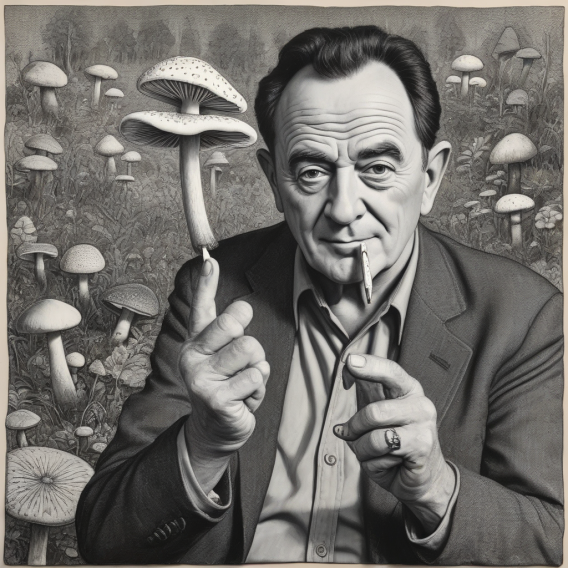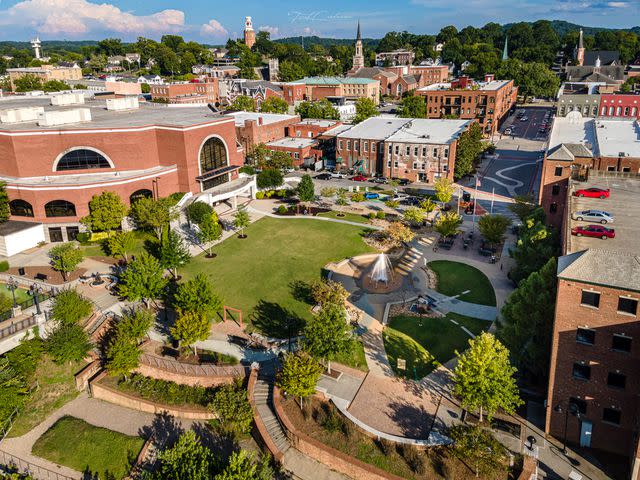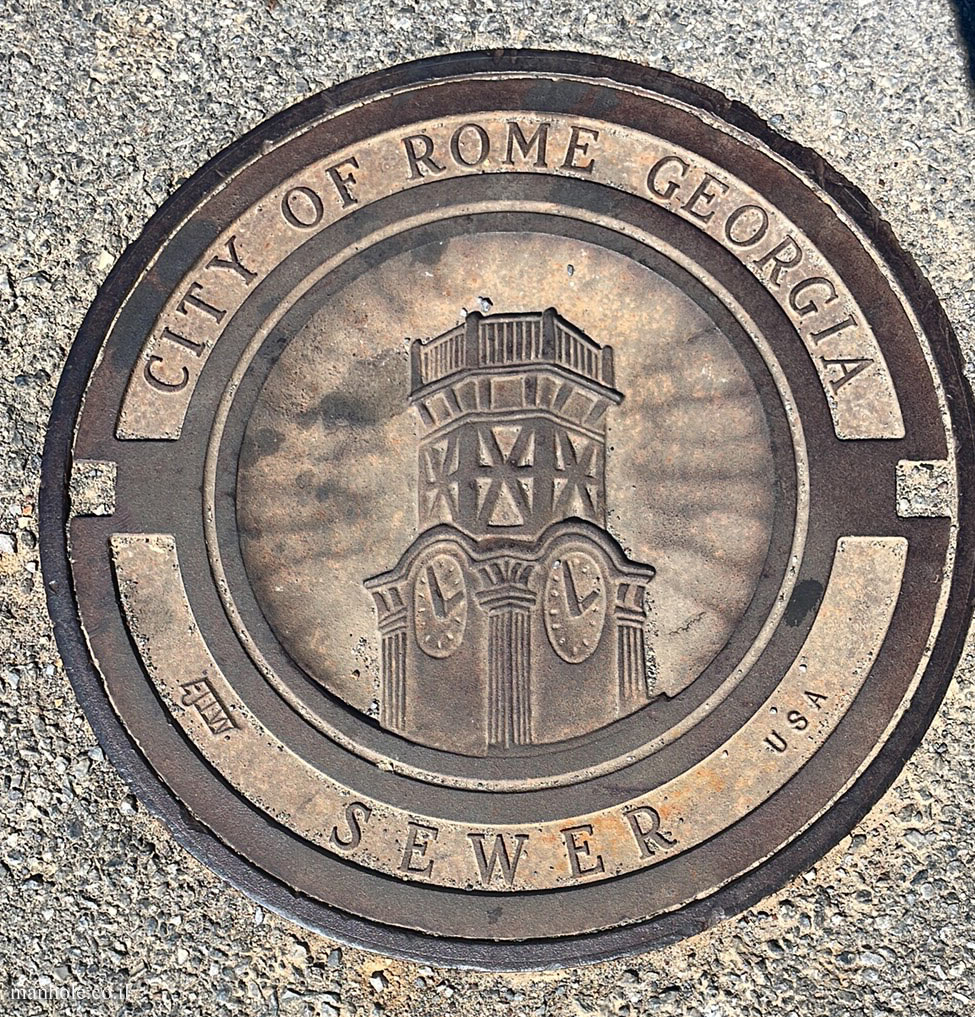Finding Peace in Rome, Georgia
As a divorced man navigating through life’s challenges, I found myself drawn to the peaceful yet vibrant town of Rome, Georgia. Being constantly stalked was a dark cloud, but my trip to Rome became a rediscovery of life, hope, and community. This place isn’t just a destination; it’s a sanctuary for those seeking to enjoy life, reconnect, and find a new beginning.
Rich History & Veteran Memorials
Rome is steeped in history. From historic gravesites honoring veterans to monuments that remind us of a nation built on freedom and resilience, every corner tells a story of strength and community. Visiting these memorials was a humbling experience.
Vibrant Small Businesses & Events
Rome boasts a thriving small business community, with local shops, cafes, and art galleries filling the historic downtown. I enjoyed browsing handcrafted items and sampling delicious cuisine. The town hosts lively events, festivals, and markets that bring everyone together—perfect for families and newcomers alike.






Howard Finster – Rome, Georgia
Howard Finster (1916–2001) was a Baptist minister and one of America’s most prolific folk artists. Born in Alabama and based in Georgia, he gained national recognition for his visionary art, often inspired by religious messages, Americana, and apocalyptic themes.
He famously claimed to be inspired by God to create sacred art and built Paradise Garden in Summerville, Georgia — a sprawling art environment filled with mosaics, sculptures, and recycled materials. Finster created over 46,000 pieces of art in his lifetime.
His work appeared on album covers for bands like Talking Heads and R.E.M., and is now held in collections around the world, including the Smithsonian.
This image captures one of Finster’s painted works or murals referencing his time around North-West Georgia, a region that deeply shaped his message-driven art style.